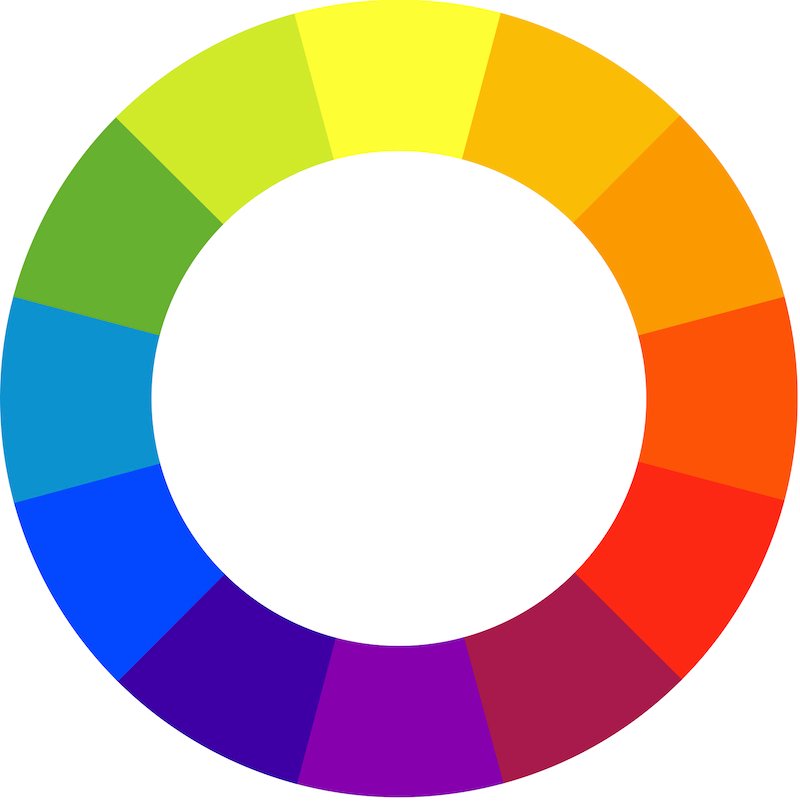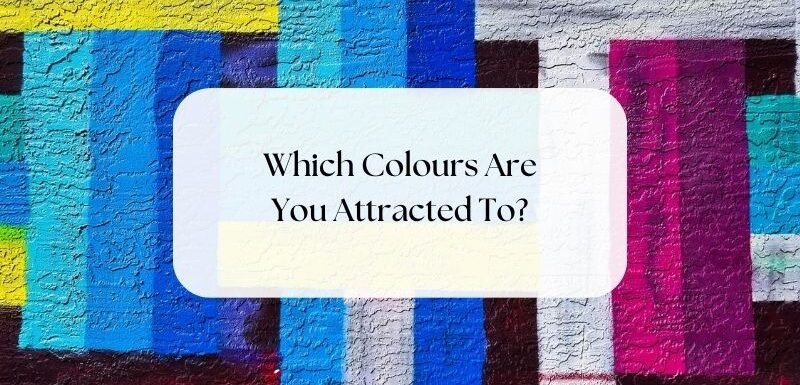Which colours are you attracted to?
Bees home in on particular flowers for their pollen and nectar.
Simultaneously, flowers attract bees in order to be pollinated and reproduce.
They enjoy a mutual benefit.
All plants and flowers that rely on bees have developed their unique methods of attraction.
Some are like landing strips with lights.

Others put out rich scents that draw the bees toward them.
Some flowers offer a single colour while others are stunningly patterned.
Bees can see colour, though they see differently to us.
Bees can distinguish between blue, green and ultraviolet light, but are unable to perceive the difference between red and black.
You and I can see a wide range of colours – a much broader spectrum than many other creatures.
But, unlike bees, you don’t only make your selection based on genetic instinct.
Other factors come into play.
Factors influencing your choice of colour
1. Your likes and dislikes.
You may be attracted to cool colours such as blues and greens, while your friend prefers oranges and pinks.
2. Your mood.
Today you may be feeling happy and joyful. Yellows, pinks, bright colours are your choice today.
Tomorrow you may be tired or moody, so you are drawn to more subdued colours – brown, grey, mauve, ochre, mustard.
Your friend may be feeling thoughtful, selecting cool blues and greens.
Tomorrow she may be excited – red, black, white, bright or contrasting colours are the ‘go’.
3. The theme or subject of your design.
Is your design cheerful and happy, reflective or sad, geometric, linear, portrait, pop-art, or landscape?
Choosing colours that support your design ideas helps your work stand out.
4. Whether you want to display harmony or discord.
Will your design be orderly, pleasing and consistent, or are you working on something that projects an air of tension or dissonance?
Making decisions about colour.

Think about the effect or mood you want to portray and select colours accordingly:
Warm or cool shades?
Warm colours are typically from the red-blue-yellow range.
These are Advancing colours. They stand out from the crowd!
Cool colours are greens-blues-violets.
These are Receding colours. They hide!
Monochromatic colours?
Would you like to create a work using just one colour, e.g. blue, using a variety of tones and tints of blue?
Analogous colours?
Analogous shades sit next to each other on the colour wheel, e.g. green and yellow-green; or red and red-violet.
Complementary colours?
For complementary colours, use any two shades that fall opposite each other on the colour wheel, e.g. yellow and violet.
Test your ideas.
Placing one colour alongside another affects how both colours are perceived.
Always be prepared to experiment with colour, even if you think you have a clear idea of what you want.
Use small snippets of fabric to test your ideas.
Actually seeing colour in action can change your mind!
